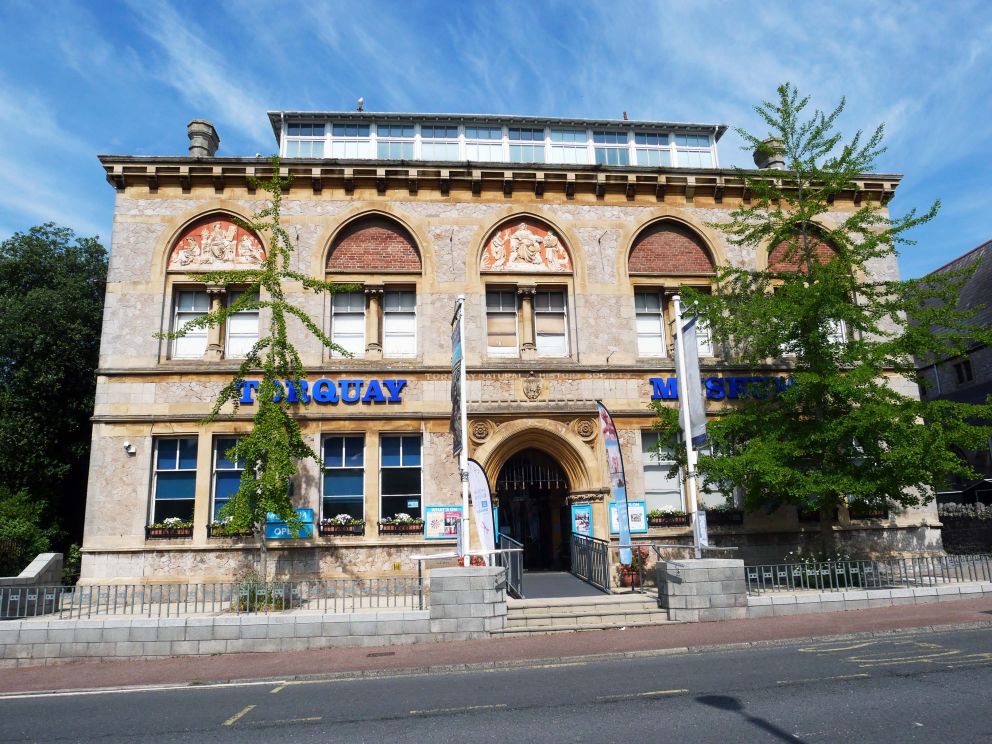Waddeton Court Figures
Discovered in a Devonshire house in 1840, these figures are thought to date to the Elizabethan era. Within these, there are several representations of characters from the past that have their own place in queer history. The figures are thought to have been created in the sixteenth century and represent the ‘Nine Worthies.’ This name was given to nine male characters of history and mythology, who were considered symbolic of “ideal chivalric manhood” from Pagan, Jewish and Christian religion.
Alexander the Great
Alexander the Great has his own connection to queer history. Historians have argued that Alexander had male lovers. The most discussed of his same sex relationships is with his companion Hephaestion, a Macedonian nobleman. They had known each other from childhood, and Alexander made Hephaestion a general within the Macedonian army. Although there is not an ancient source which directly states romantic involvement between the two men, stories from the time highlight it through the deep mourning that Alexander displayed after Hephaestion’s death in 324 BC. He threw himself onto the corpse, paid a large amount for the funeral rites, demanded mourning from the public, and ensured Hephaestion was given semi-divine honours. This meant he was to be seen as part godlike.
Read More 

Roman Emperor Julius Caesar
Another of the figures represents Roman Emperor Julius Caesar, who was rumoured to have had an affair with Nicomedes, the king of Bithynia. This was written about by Roman historian Suetonius in his biography on Caesar’s life, which was published around 121 AD. Suetonius wrote that Caesar often faced political harassment due to this suspected relationship. Caesar’s fellow politicians who critiqued his work as Emperor often referred to this relationship negatively to score political points, and Marcus Calpurnius Bibulus suggested Caesar was the ‘Queen of Bithynia’ in his speeches.
Read More 

Trojan Prince Hector of Troy
A key figure of Greek mythology, the Trojan Prince Hector of Troy, is also represented in the figures. Although he does not have a direct link to queer history himself, Greek myth tells that Hector was responsible for killing Achaean soldier Patroclus. This was avenged by the mythological hero Achilles, who was Patroclus’ closest companion and thought to have been his lover. Their relationship is suspected to have been queer due to the high level of grief which Achilles displayed after the death of Patroclus, and that within the myth, Patroclus’ ghost wanted a shared tomb with Achilles. In his classic work the Iliad, Ancient Greek author Homer highlighted that Achilles felt Patroclus was ‘‘the man [he] loved beyond all other comrades, loved as [his] own life.’
Read More 

Support Torquay Museum
Did you know that whenever you buy anything online – from your weekly shop to your annual holiday – you could be raising free donations for Torquay Museum with easyfundraising? Find out how!
Stay Connected with Our Newsletter
Be the first to hear our latest news by signing up to our newsletter. Also don't forget to follow us on social media - @torquaymuseum.
















